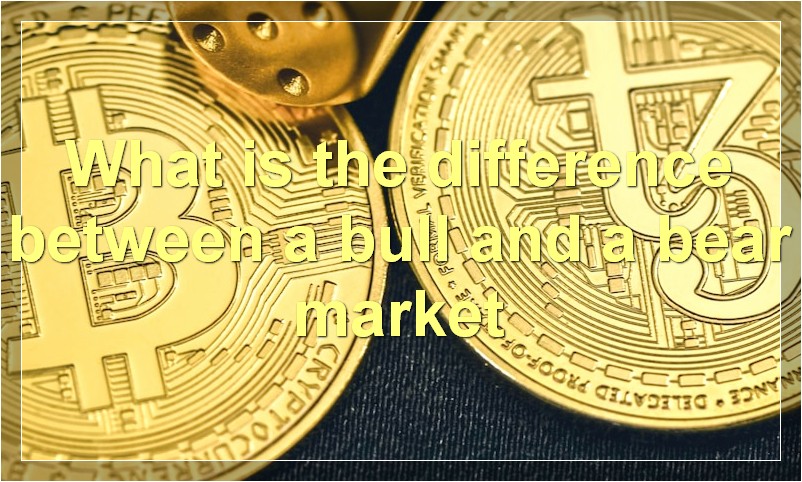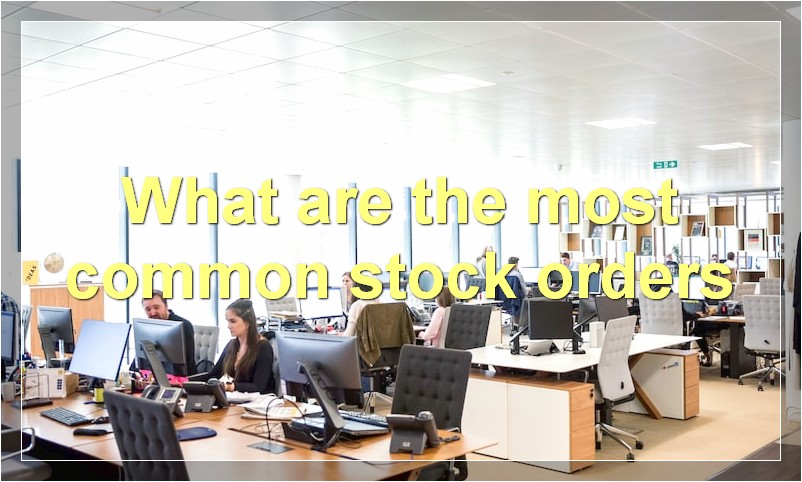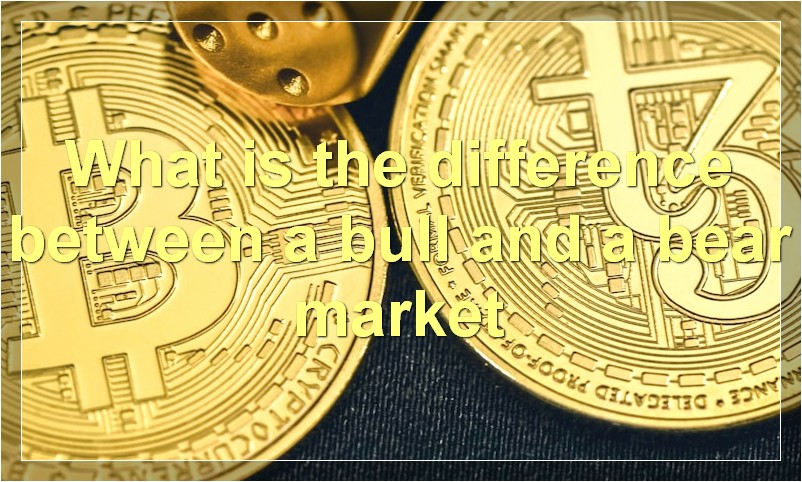If you’re looking to get started in the stock market, this beginner’s guide is for you. From knowing the basics of what stocks are to understanding how the stock market works, we’ll cover everything you need to know to get started.
What is the difference between a bull and a bear market

A bull market is one in which prices are rising, while a bear market is one in which they are falling. The terms come from the way each animal attacks: a bull thrusts its horns up into the air, while a bear swipes its paws down.
Investors often talk about being “in” or “out” of the market, depending on whether they think it is going up or down. Those who are bullish about the market believe that prices will continue to rise, while those who are bearish think they will fall.
The stock market is often said to be like a roller coaster: it goes up and down, and sometimes it can be hard to tell which way it is going to go next. But over time, the market has tended to go up more than it has gone down. This is why many people believe that it is always a good idea to invest in stocks, even though there may be some bumps along the way.
What are the most important stock market indices
There are a few different stock market indices that are important to consider when making investment decisions. The three main indices are the Dow Jones Industrial Average (DJIA), the S&P 500, and the Nasdaq Composite.
The DJIA is one of the oldest stock indices in existence and includes 30 large cap stocks that are traded on the New York Stock Exchange. The S&P 500 is a broader index that includes 500 large cap stocks from a variety of different sectors. The Nasdaq Composite is a tech-heavy index that includes over 3,000 stocks, mostly from the tech sector.
Each of these indices has a different weighting and focus, so it’s important to understand all three before making any investment decisions. Generally speaking, the DJIA is going to be more volatile than the other two indices, but it can also provide higher returns in a bull market. The S&P 500 is a good index to track the overall market, while the Nasdaq Composite is a good index to track the tech sector.
What is a ticker symbol
A ticker symbol is a short, alphanumeric code that publicly traded companies use to identify themselves on exchanges and other financial markets. Ticker symbols are also known as stock symbols, trading symbols, or simply as tickers. A company’s ticker symbol is unique to that company and is assigned by the stock exchange on which the company trades.
How do you read a stock chart
When looking at a stock chart, there are a few things you need to pay attention to in order to make informed decisions about when to buy or sell a stock. The first thing you need to look at is the price history of the stock. This will give you an idea of how the stock has performed over time and will help you spot any trends.
The next thing you need to look at is the volume. This is the number of shares that have been traded in a given period of time. The volume can help you spot any unusual activity in the market and can give you an idea of the level of interest in a particular stock.
Finally, you need to look at the moving averages. These are simply the average prices of a stock over a period of time. The longer the time frame, the smoother the moving average will be. By looking at the moving averages, you can get a good idea of the overall direction of the stock.
What are the most common stock orders

There are a few different types of stock orders that investors can use to place their trades. The most common stock orders are market orders, limit orders, stop orders, and stop-limit orders. Here is a brief overview of each type of order and how they work.
A market order is an order to buy or sell a security at the current market price. Market orders are the most straightforward type of order and are usually filled quickly. However, because market prices can change rapidly, there is some risk involved with using market orders.
A limit order is an order to buy or sell a security at a specified price. Limit orders give investors more control over the price at which their trade is executed. However, limit orders may not be filled if the security’s price never reaches the specified level.
A stop order is an order to buy or sell a security when it reaches a specified price. Stop orders are typically used to limit losses or lock in profits on a trade. However, stop orders can also be used to enter a trade if the security’s price starts to move in the desired direction.
A stop-limit order is similar to a stop order, but with one important difference. With a stop-limit order, the trade will only be executed at the specified price or better. This means that there is no guarantee that the trade will be filled, but it does provide some additional protection for the investor.
What are some popular technical indicators
There are many popular technical indicators that can be used to analyze the stock market. Some of the most popular indicators include moving averages, Bollinger Bands, and MACD. Moving averages are a simple way to measure the trend of a stock. Bollinger Bands help to identify overbought and oversold conditions. MACD is a more complex indicator that measures the momentum of a stock. These are just a few of the many indicators that technical analysts use to make trading decisions.
What is fundamental analysis
Fundamental analysis is the process of evaluating a security in order to determine its intrinsic value. This type of analysis looks at factors such as the financial stability of the company, the strength of its management team, and its competitive advantages. By taking all of these factors into account, investors can get a better sense of whether or not a security is undervalued or overvalued.
What is short selling
Short selling is the act of selling a security that the seller does not own, and instead borrowing it from a broker. The hope is that the price of the security falls so that it can be bought back at a lower price, resulting in a profit. Short selling is considered more risky than buying securities because there is theoretically no limit to how high the price of the security can go, meaning that the losses could be unlimited.
What is a limit order
A limit order is an order to buy or sell a security at a specific price or better. A buy limit order can only be executed at the limit price or lower, and a sell limit order can only be executed at the limit price or higher. Limit orders are not guaranteed to be executed.

